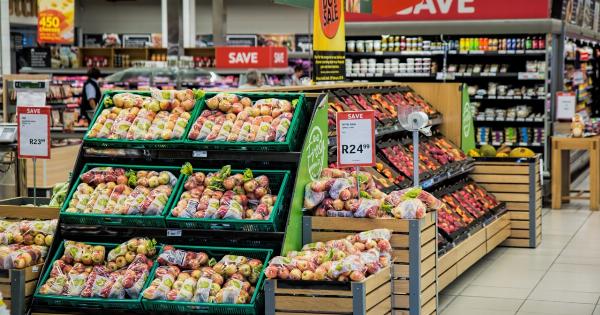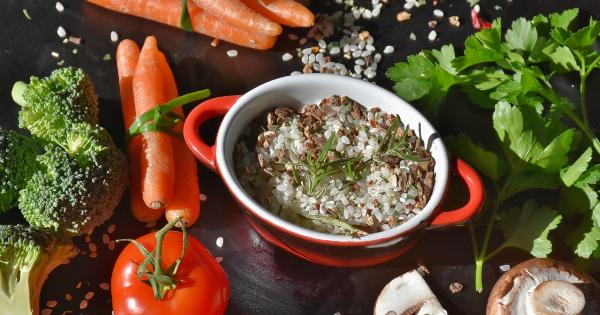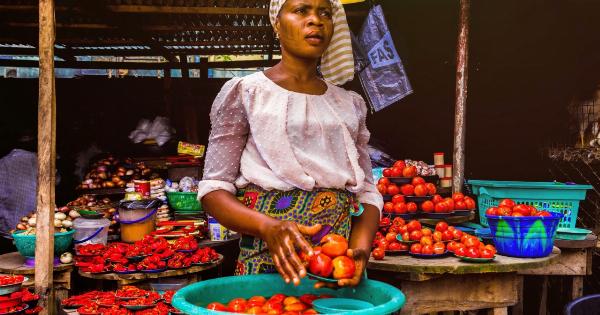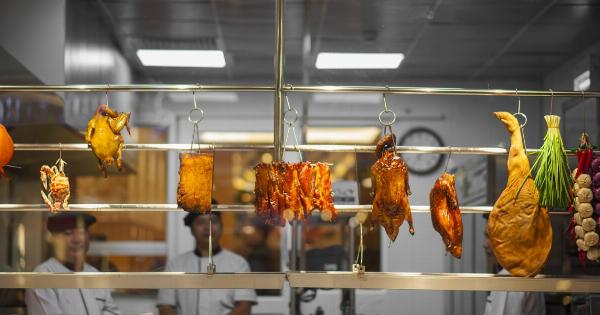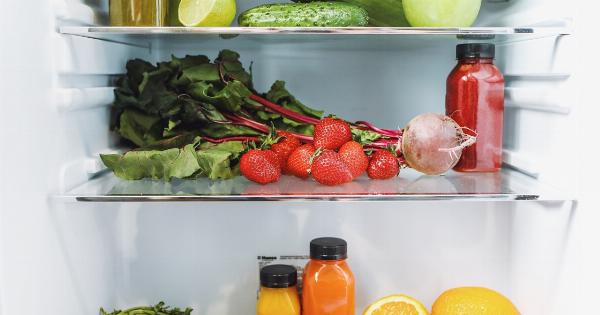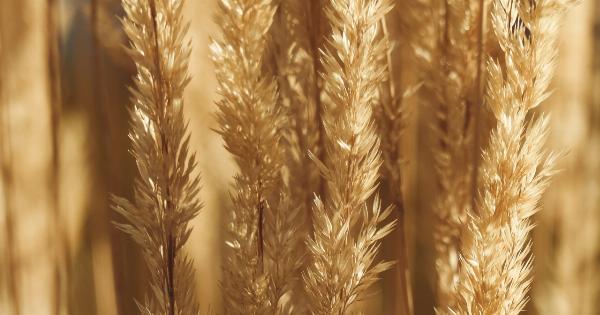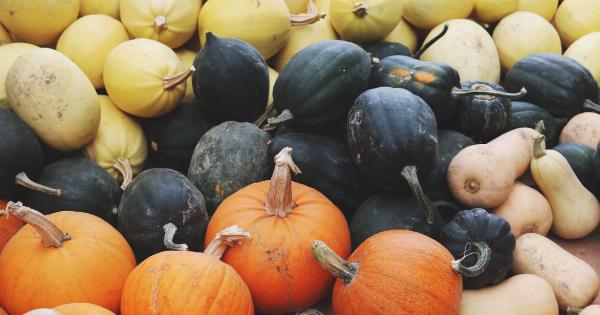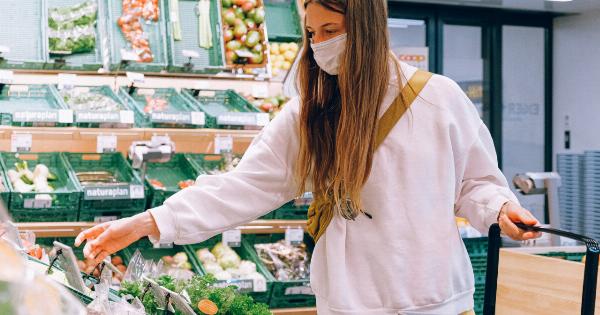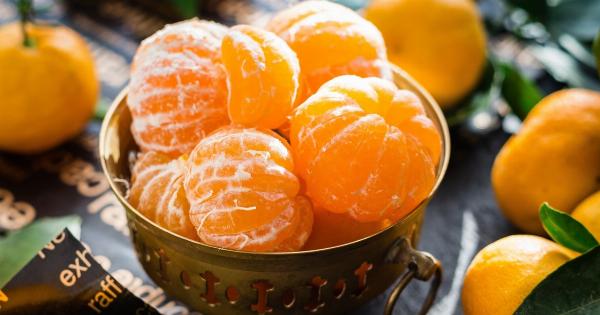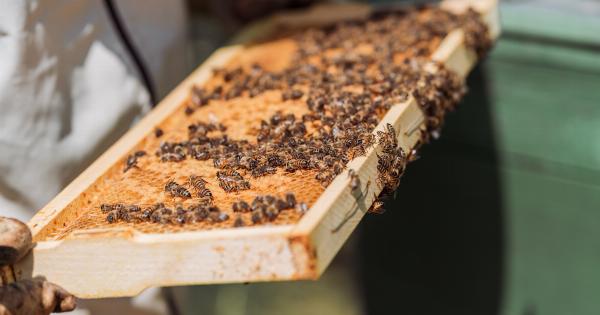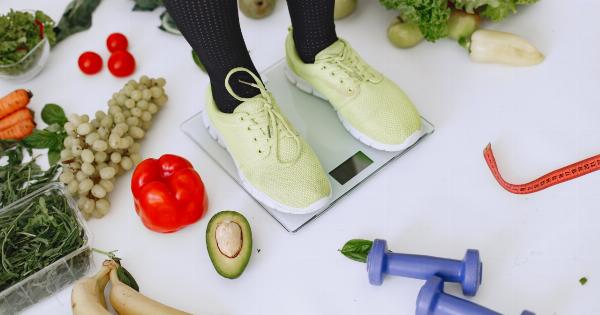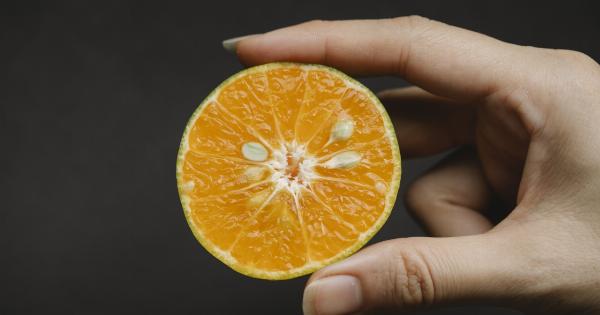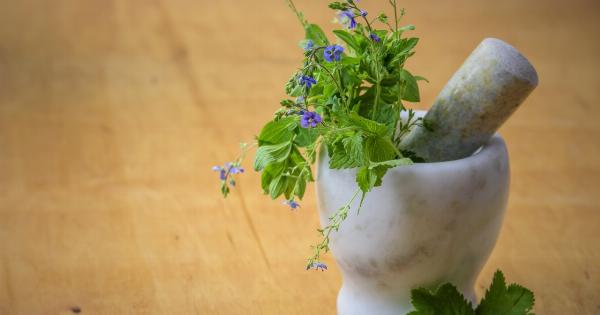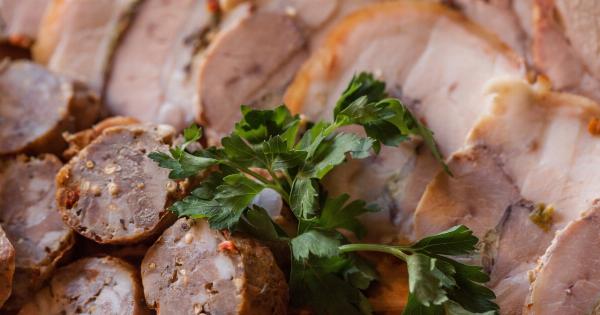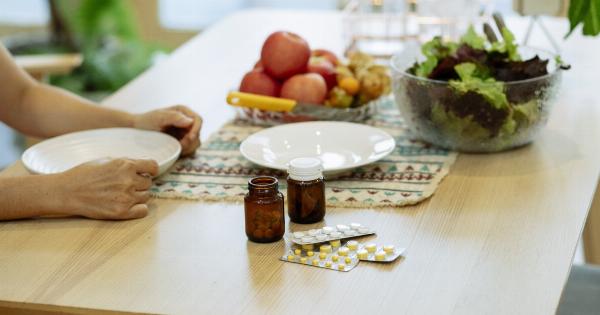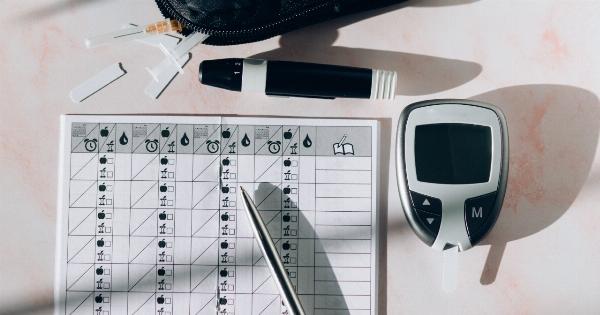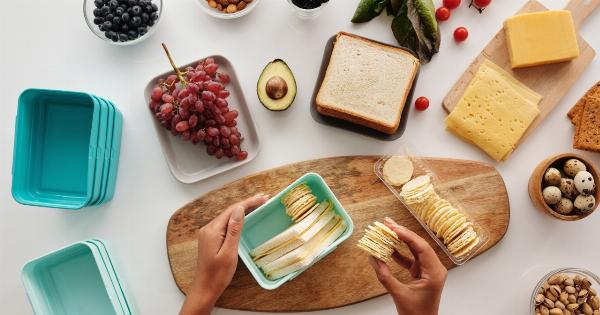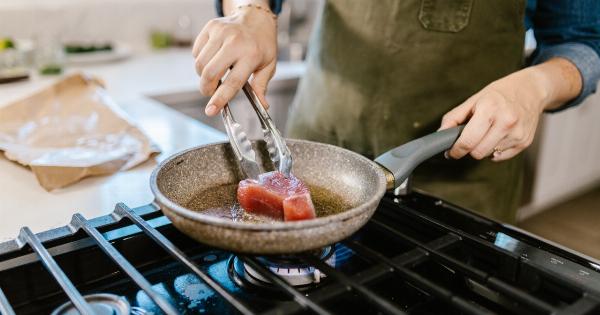When it comes to storing vegetables, temperature plays a crucial role in maintaining their freshness and extending their shelf life.
Different vegetables have different temperature requirements, and knowing the optimal temperature for storing specific vegetables can help you keep them in the best possible condition. In this article, we will explore the ideal temperature range for storing vegetables, along with some important facts you need to know.
The Importance of Temperature in Vegetable Storage
Temperature is one of the main factors that can influence the quality and longevity of vegetables.
Maintaining the right temperature in the storage area helps to slow down the natural spoilage process of vegetables, thus preserving their taste, texture, and nutritional value. Storing vegetables at temperatures outside their optimal range can lead to spoilage, premature ripening, loss of flavor, and even the growth of harmful bacteria.
Optimal Temperature Range for Common Vegetables
While the ideal storage temperature can vary depending on the type of vegetable, most vegetables prefer to be stored at cool temperatures between 32°F (0°C) and 50°F (10°C).
This temperature range helps to slow down the metabolic activities of the vegetables, reducing the rate at which they deteriorate.
Leafy Greens: 32°F (0°C) to 35°F (2°C)
Leafy greens like lettuce, spinach, kale, and Swiss chard prefer temperatures on the lower end of the optimal range. Storing them at around 32°F (0°C) helps to retain their crispness and prevent wilting.
If you notice any signs of freezing or ice formation, adjust the temperature slightly higher to avoid damage.
Cruciferous Vegetables: 32°F (0°C) to 35°F (2°C)
Cruciferous vegetables such as broccoli, cauliflower, Brussels sprouts, and cabbage also thrive in cool temperatures, similar to leafy greens. Keep them around 32°F (0°C) to 35°F (2°C) to maintain their freshness and firm texture.
Ensure proper airflow and avoid storing them in sealed plastic bags, as it can lead to moisture buildup and spoilage.
Root Vegetables: 32°F (0°C) to 40°F (4°C)
Root vegetables like carrots, beets, radishes, and potatoes prefer slightly higher temperatures within the optimal range. Storing them between 32°F (0°C) and 40°F (4°C) helps to slow down sprouting and minimize the loss of moisture.
However, avoid storing root vegetables alongside fruits, as the ethylene gas emitted by fruits can cause them to spoil faster.
Tomatoes: 50°F (10°C) to 55°F (13°C)
Unlike most vegetables, tomatoes are best stored at slightly higher temperatures. Storing tomatoes at around 50°F (10°C) helps them ripen slowly and retain their flavor.
However, it’s important to note that fully ripe tomatoes are more susceptible to chilling injury, so it’s recommended to consume them within a few days of reaching their peak ripeness.
Peppers: 45°F (7°C) to 50°F (10°C)
Both sweet peppers and hot peppers prefer slightly higher temperatures compared to other vegetables. Storing peppers at around 45°F (7°C) to 50°F (10°C) helps to maintain their vibrant color, crunchiness, and flavor.
Avoid washing them before storage, as excess moisture can promote rotting.
Cucumbers: 45°F (7°C) to 50°F (10°C)
Cucumbers are another vegetable that prefers cool temperatures for storage. Storing them between 45°F (7°C) and 50°F (10°C) helps to prolong their shelf life and retain their crisp texture.
Avoid storing cucumbers near fruits like bananas or tomatoes, as the ethylene gas released by these fruits can cause cucumbers to deteriorate quickly.
Onions and Garlic: 32°F (0°C) to 40°F (4°C)
Onions and garlic prefer cooler temperatures but can tolerate slightly higher ranges as well. Storing them between 32°F (0°C) to 40°F (4°C) in a dark and well-ventilated area helps to prevent sprouting and keep them fresh for a longer period.
Ensure they are stored in a separate area, away from potatoes, as onions and garlic can cause potatoes to sprout faster.
Other Considerations for Vegetable Storage
In addition to temperature, there are a few other considerations to keep in mind when storing vegetables:.
1. Humidity: Most vegetables prefer high humidity levels, around 90-95%, to prevent moisture loss and maintain their crispness. However, leafy greens and herbs require lower humidity to avoid wilting.
Using breathable bags or containers can help control humidity levels.
2. Darkness: Light can cause vegetables to degrade quickly and lose their nutritional value. Store vegetables in opaque containers or in dark storage areas to protect them from light exposure.
3. Airflow: Proper ventilation is essential to prevent the buildup of excess moisture, which can lead to spoilage or the growth of mold. Ensure there is adequate airflow in your storage area to maintain freshness.
Conclusion
Maintaining the optimal temperature for storing vegetables is vital to retain their freshness, taste, and nutritional value.
Understanding the temperature requirements of different vegetables is key to preventing spoilage and ensuring they stay in the best possible condition for as long as possible. Remember to consider other factors like humidity, darkness, and airflow for optimal vegetable storage.



